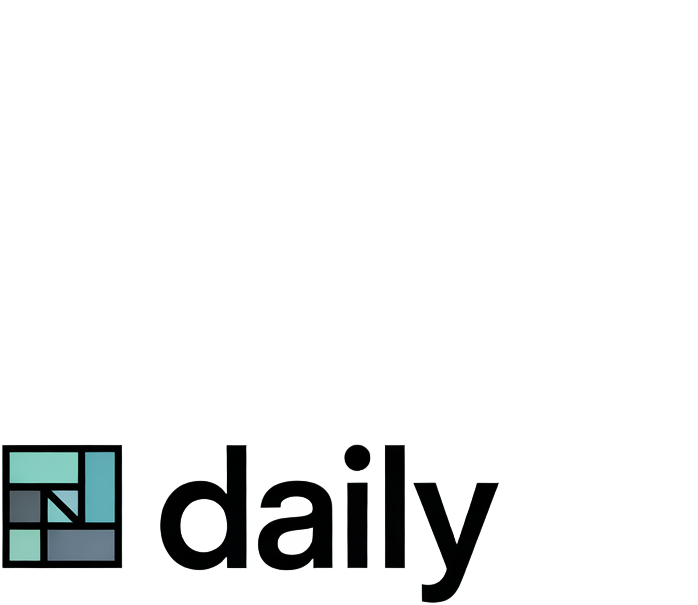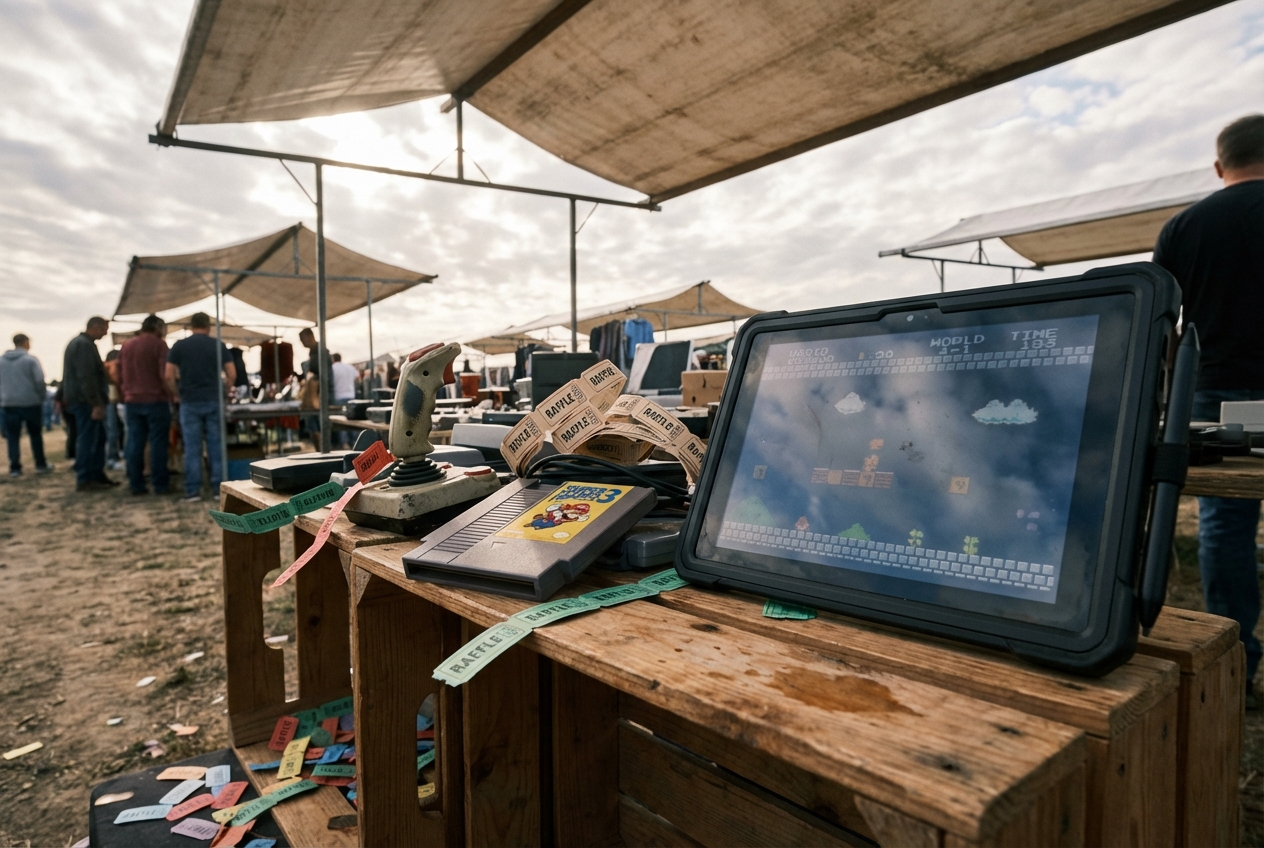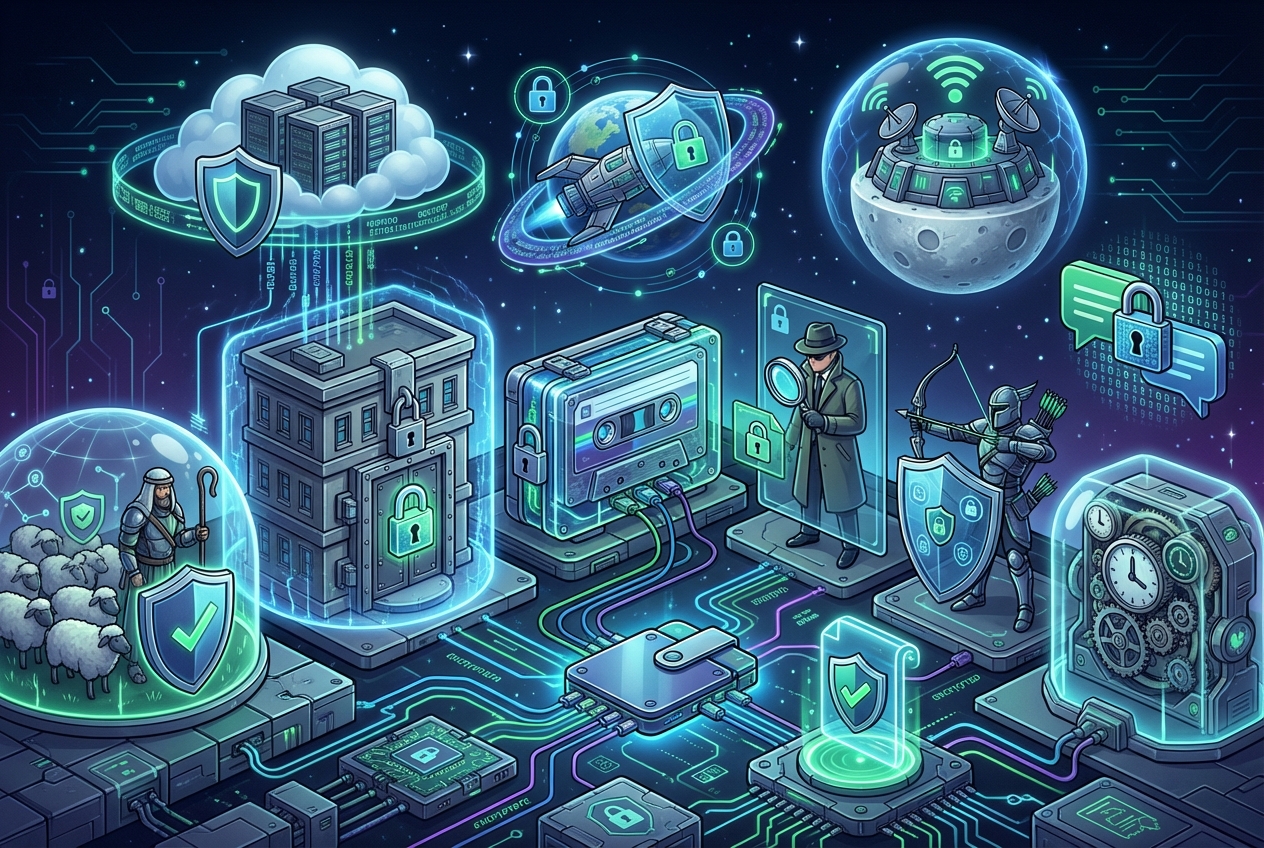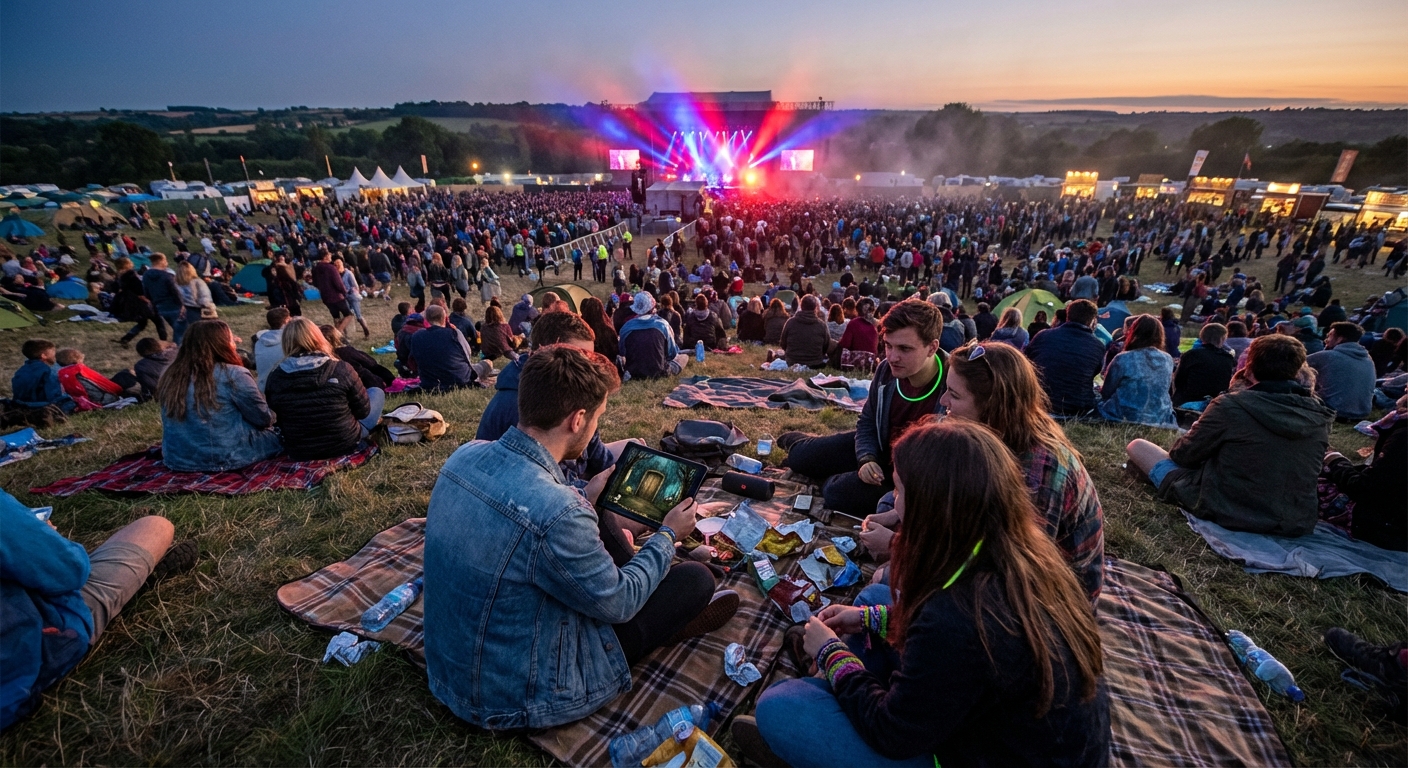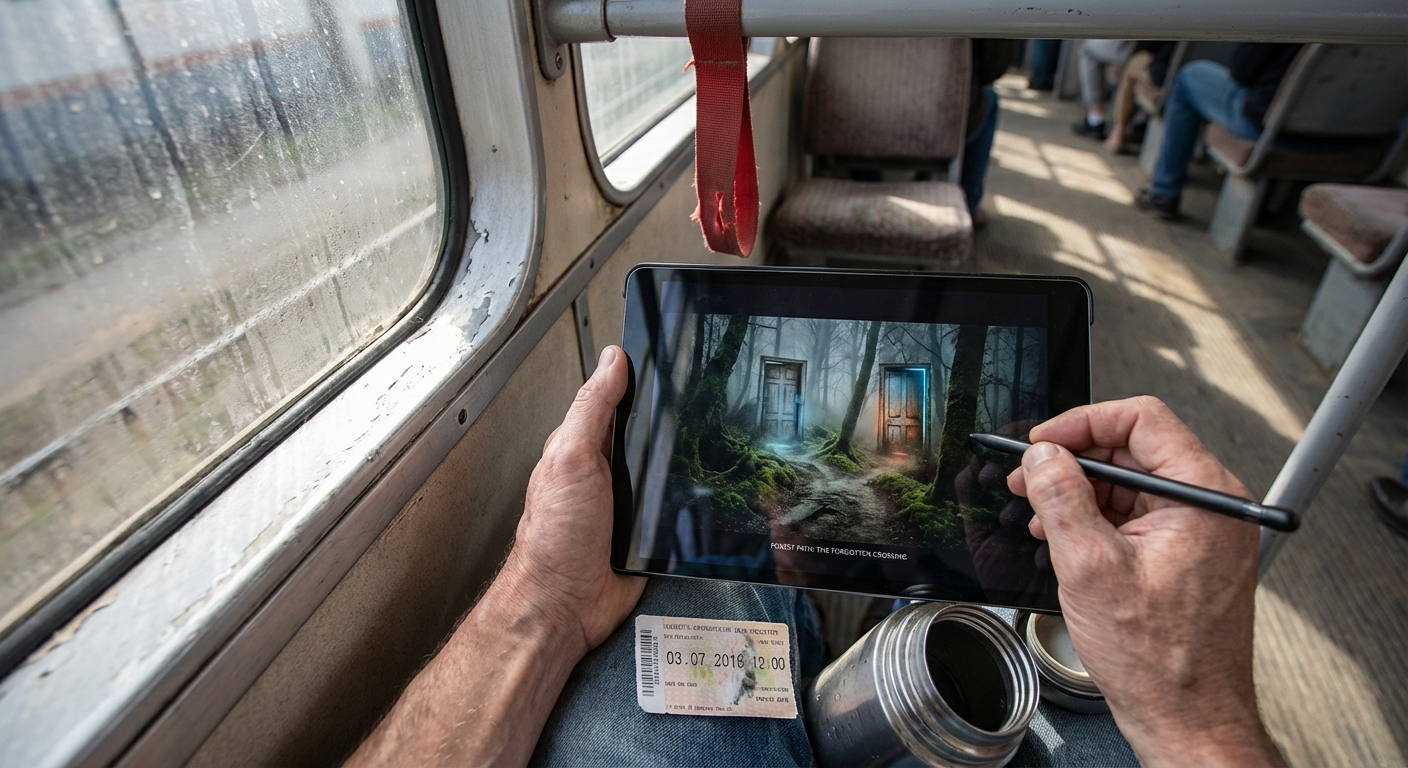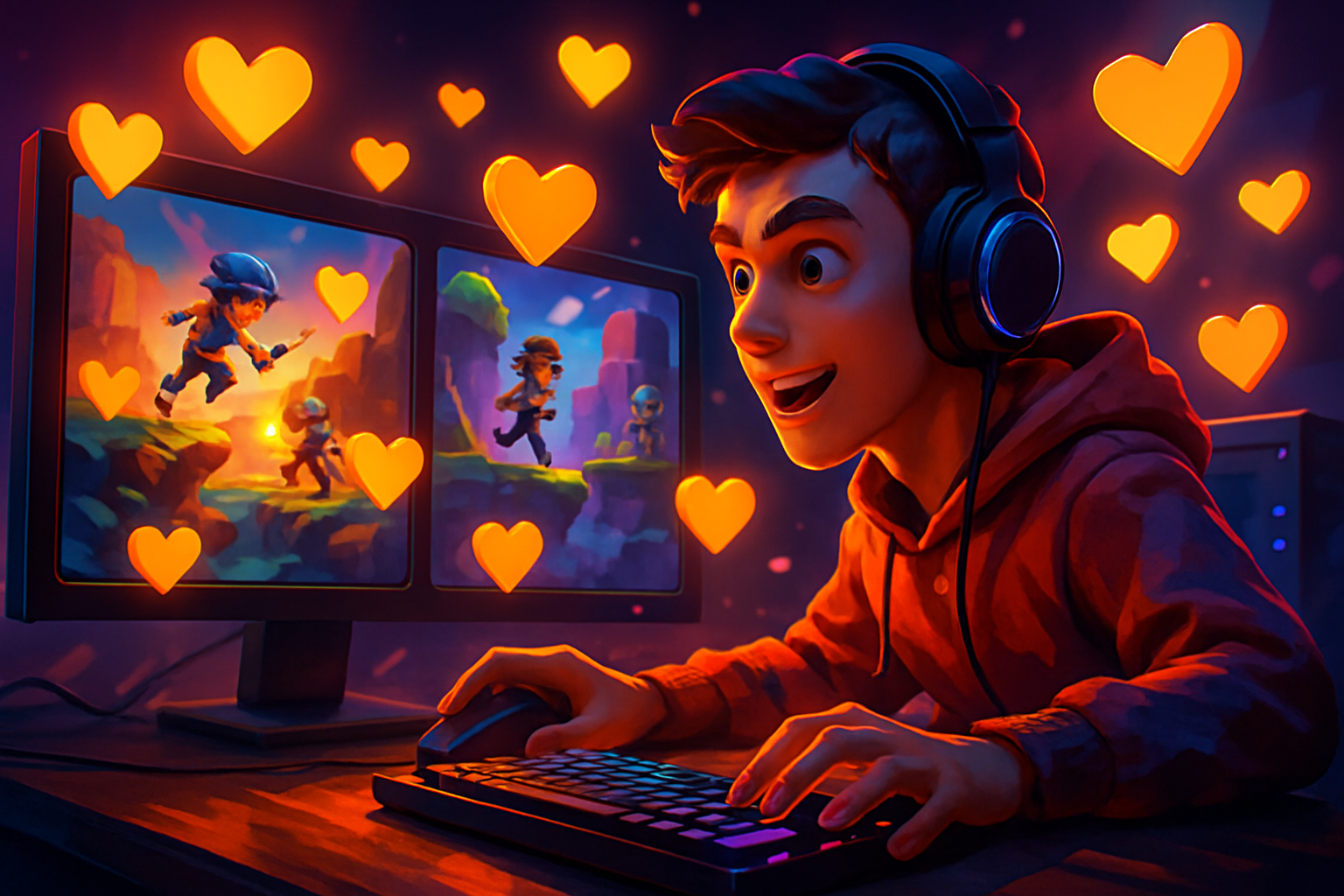
Steam wishlists have become the heartbeat of indie game discovery and success in 2025. For small studios and solo developers, racking up wishlist numbers is no longer just a vanity metric; it’s a crucial step for visibility, discoverability, and ultimately, commercial survival. But how exactly do these digital wishlists translate into real-world impact for indie games? Recent case studies and market data shed new light on the power – and pitfalls – of the Steam wishlist system.

Why Steam Wishlists Matter More Than Ever
With over 50,000 titles now crowding Steam’s marketplace, standing out has never been harder. Wishlists act as both a signal to Valve’s algorithms and a pulse check on player anticipation. When a game accumulates significant wishlists before launch – think 10,000 or more – it benefits from increased visibility in ‘Upcoming Releases’ and other high-traffic sections of the store. This exposure can be the difference between breakout success and total obscurity.
Yet, only 6% of games in the past year hit the coveted 100,000-wishlist mark before release. A staggering 66% launched with fewer than 10,000 wishlists, underscoring just how rare it is for indies to break through without strategic marketing or festival buzz. For most developers, hitting even 7,000-12,000 wishlists is considered a major milestone worth celebrating.
Wishlists: The Gateway to Indie Game Discovery
Indie hits like CloverPit, Megabonk, and Hades 2 illustrate how wishlists can supercharge launch momentum:
Indie Success Stories: Steam Next Fest & Wishlists
-
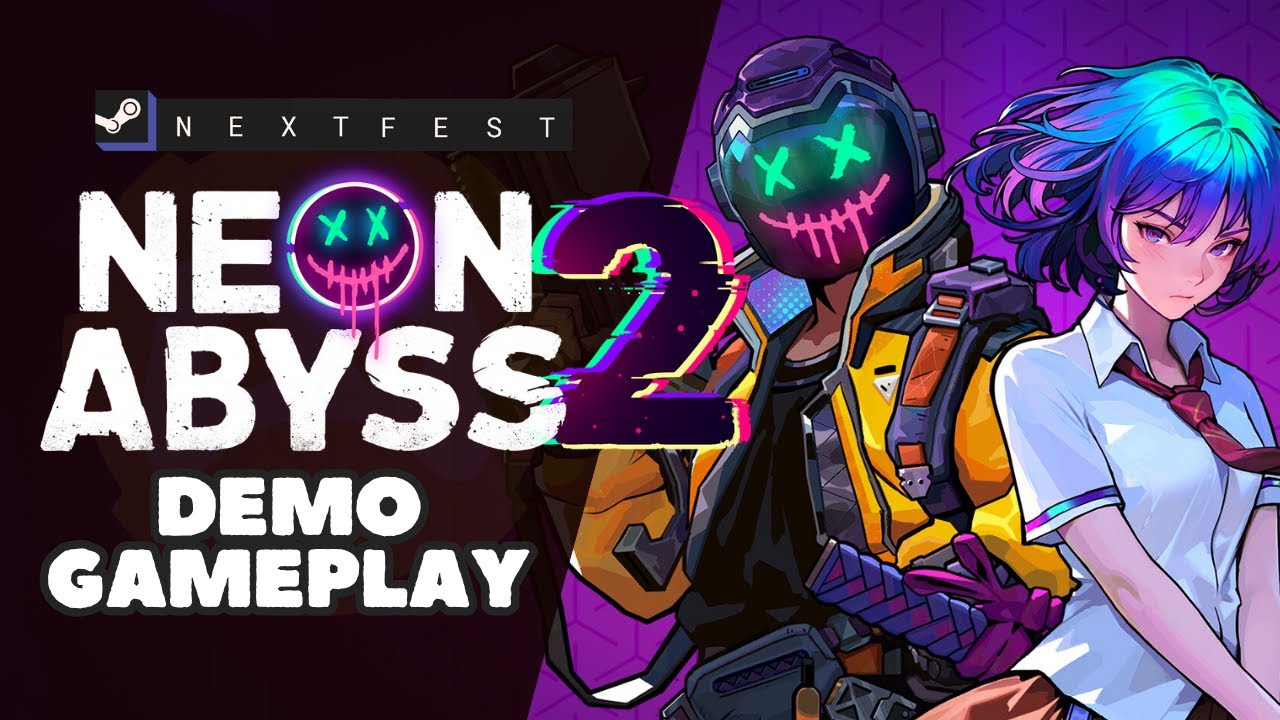
CloverPit: Poker-inspired roguelike CloverPit soared to over 100,000 wishlists before launch and sold 100,000+ copies in 24 hours. Its demo was downloaded 680,000+ times during Steam Next Fest, driving massive visibility and early sales.
-
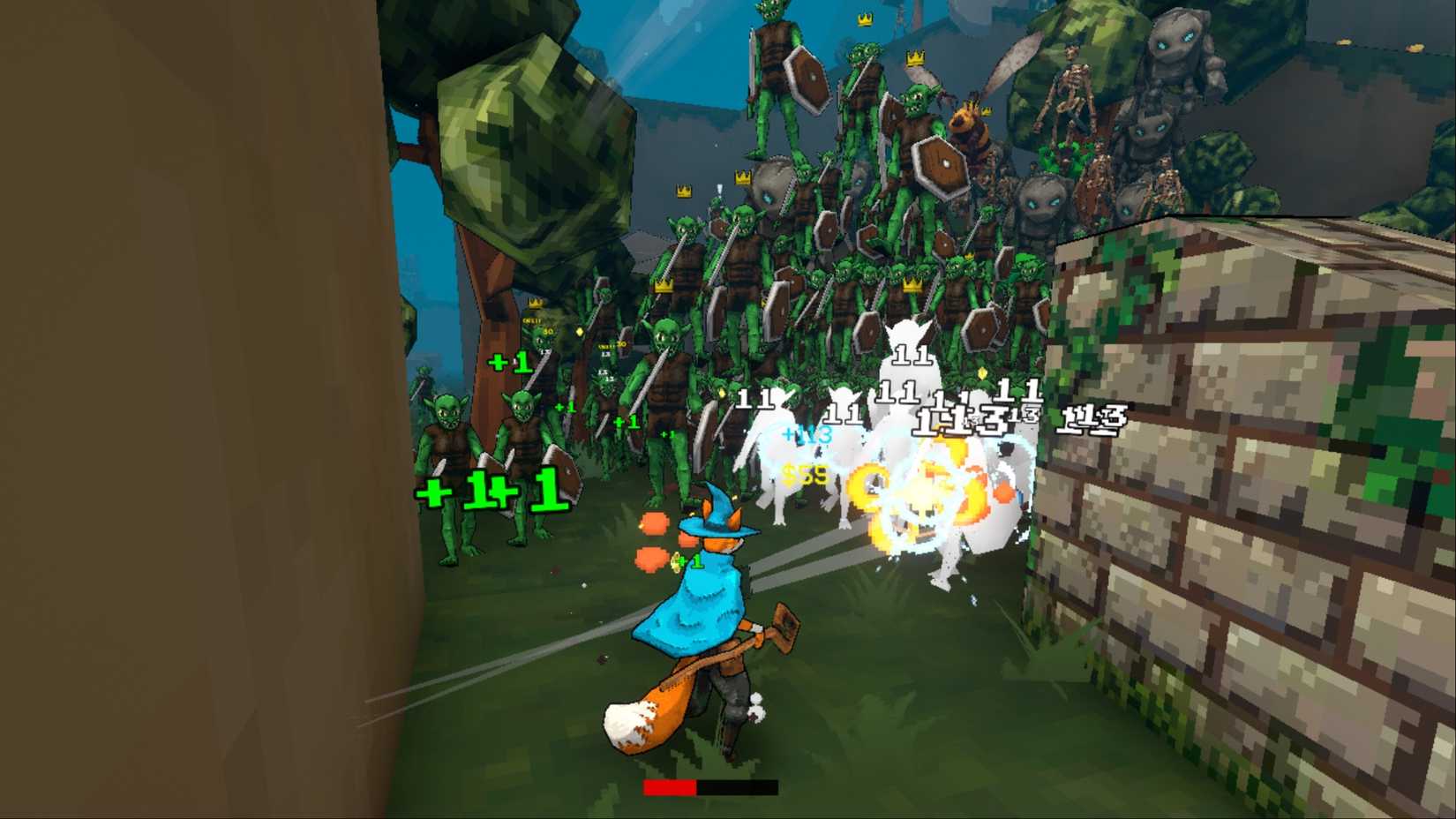
Megabonk: With its blend of chaotic action and PS1-style visuals, Megabonk leveraged a Next Fest demo to build buzz, earning 4,000+ ‘Very Positive’ reviews and peaking at 36,000 concurrent players in its first week—an impressive feat for an indie debut.
-
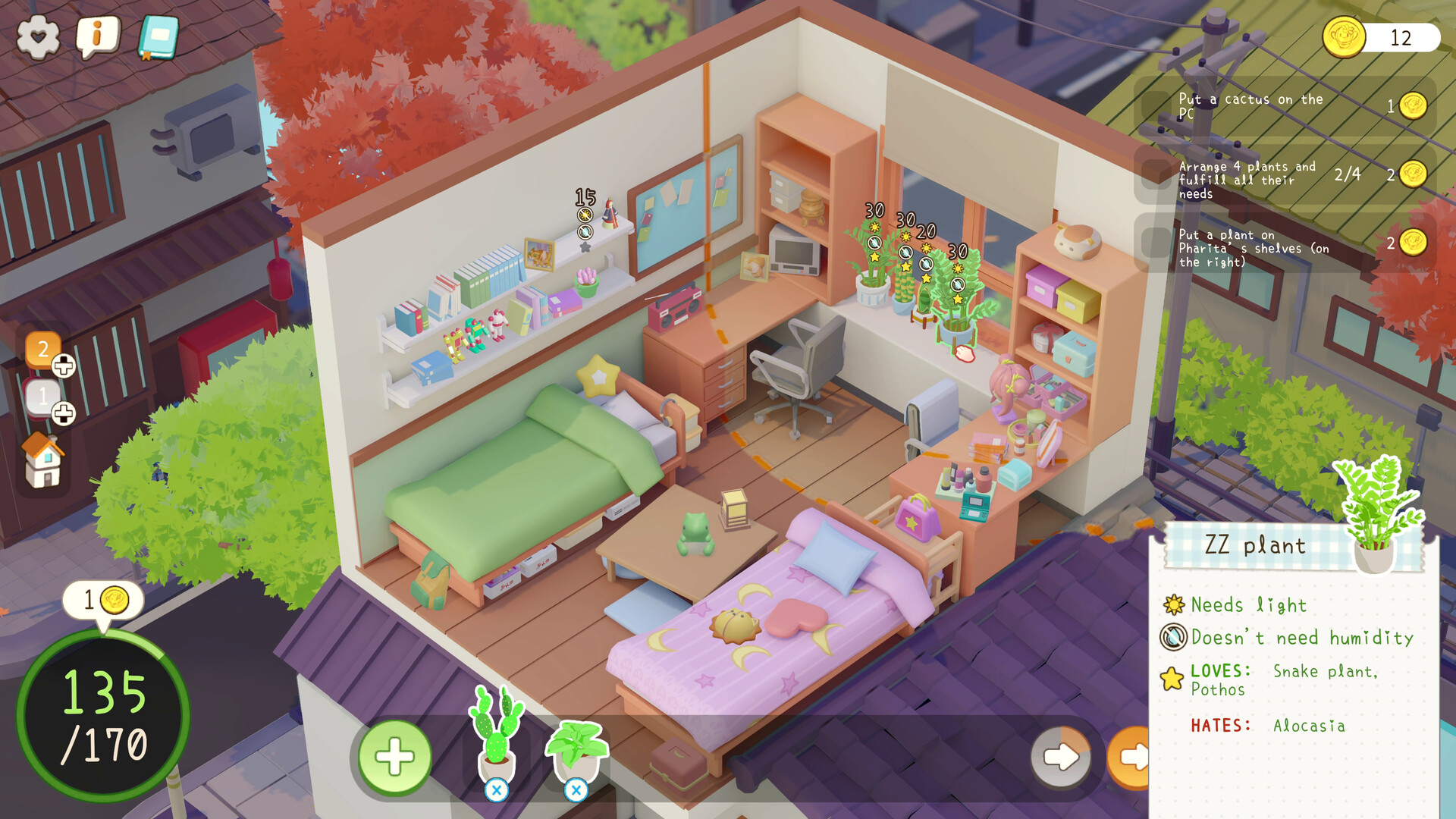
Urban Jungle: The cozy decorating sim Urban Jungle used Steam Next Fest to boost its wishlist count to 90,000+ before release, thanks to a popular demo and strong community engagement, setting the stage for a successful launch.
CloverPit, for instance, sold over 100,000 copies within its first day on Steam after gathering more than 100k wishlists pre-launch. Its demo was downloaded over 680k times during Steam Next Fest – an event that has become critical for boosting both interest and algorithmic favor.
Megabonk, despite being self-published with cryptic mechanics and PS1-style visuals, amassed nearly 4,000 reviews (with a glowing 94% ‘Very Positive’ rating) within its first week. The secret? A well-timed demo drop during a festival plus relentless community engagement that converted curiosity into concrete wishlist clicks.
The Wishlist-to-Sale Conversion Dilemma
Here’s where things get nuanced: while building up wishlists is essential for visibility on Steam’s storefronts and recommendation engines, not every wishlist translates into an actual sale. The current median conversion rate sits at approximately 10.5%. Only one in ten titles manages to convert above 1.9%. This means that even if you hit the magic number of pre-launch wishlists (say 10k), you’re still facing an uphill battle to turn those signals of interest into real revenue.
This reality underscores why effective marketing campaigns – from engaging trailers to active Discord communities – are vital alongside wishlist accumulation. Developers who combine event-driven spikes (like those from Next Fest) with ongoing player engagement tend to see stronger sales conversions post-launch.
But there’s more to the wishlist equation than just raw numbers. Indie devs are learning that quality of engagement is as important as quantity. Games that foster hype with an active presence, devlogs, behind-the-scenes content, and community Q and amp;As, see higher conversion rates when launch day arrives. Players who feel invested are far more likely to hit “buy” instead of letting a game languish in their backlog.
Events like Steam Next Fest have become kingmakers, providing a window for demos to shine and for wishlists to snowball. Urban Jungle, a decorating sim, leveraged its demo exposure and festival participation to rack up 90,000 wishlists, a number that would have been unthinkable without such event-driven attention. The lesson? Timing your demo drop with major Steam events is now a must for any indie aiming to crack the algorithmic code.
Tactics That Turn Wishlists Into Wins
So what separates the breakout hits from the invisible masses? It’s not just festival timing or a viral trailer, it’s a mix of savvy marketing, authentic community building, and smart use of Steam’s own tools. Here are some proven tactics:
Proven Strategies to Convert Steam Wishlists into Sales
-
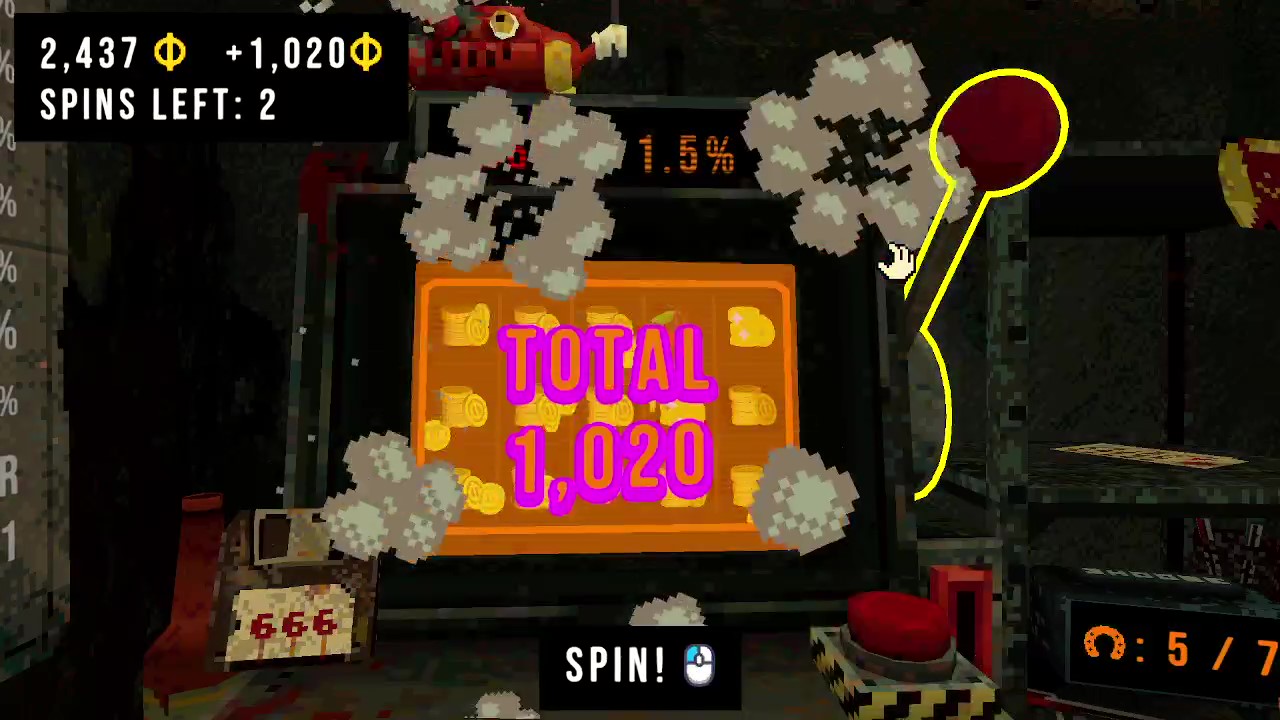
Launch a High-Quality Demo During Steam Next Fest: Games like CloverPit saw massive wishlist and sales boosts by releasing polished, engaging demos during Steam Next Fest, attracting hundreds of thousands of downloads and player feedback.
-
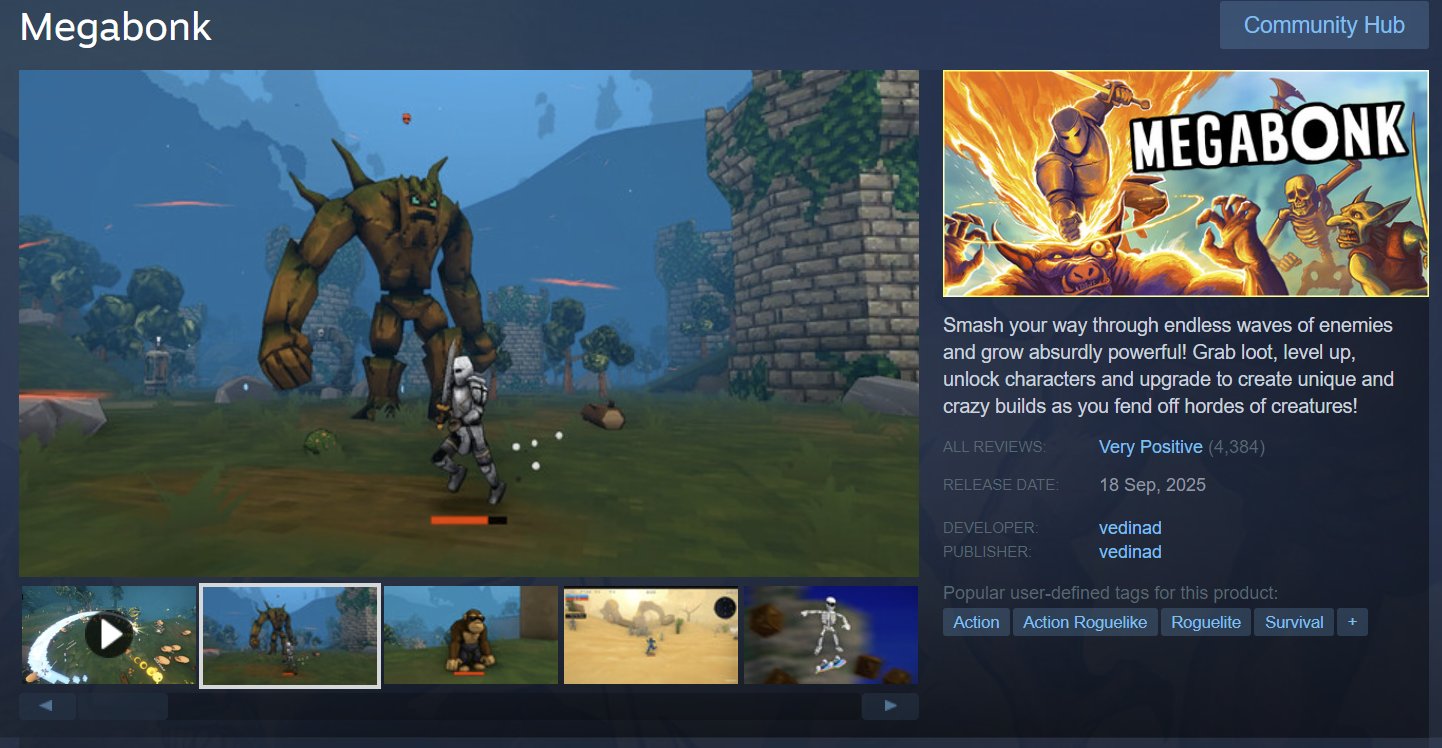
Engage Directly with Your Community: Developers of Megabonk and Hades 2 actively interacted with fans on Discord, Reddit, and Steam forums, building hype and trust that translated into strong launch sales.
-
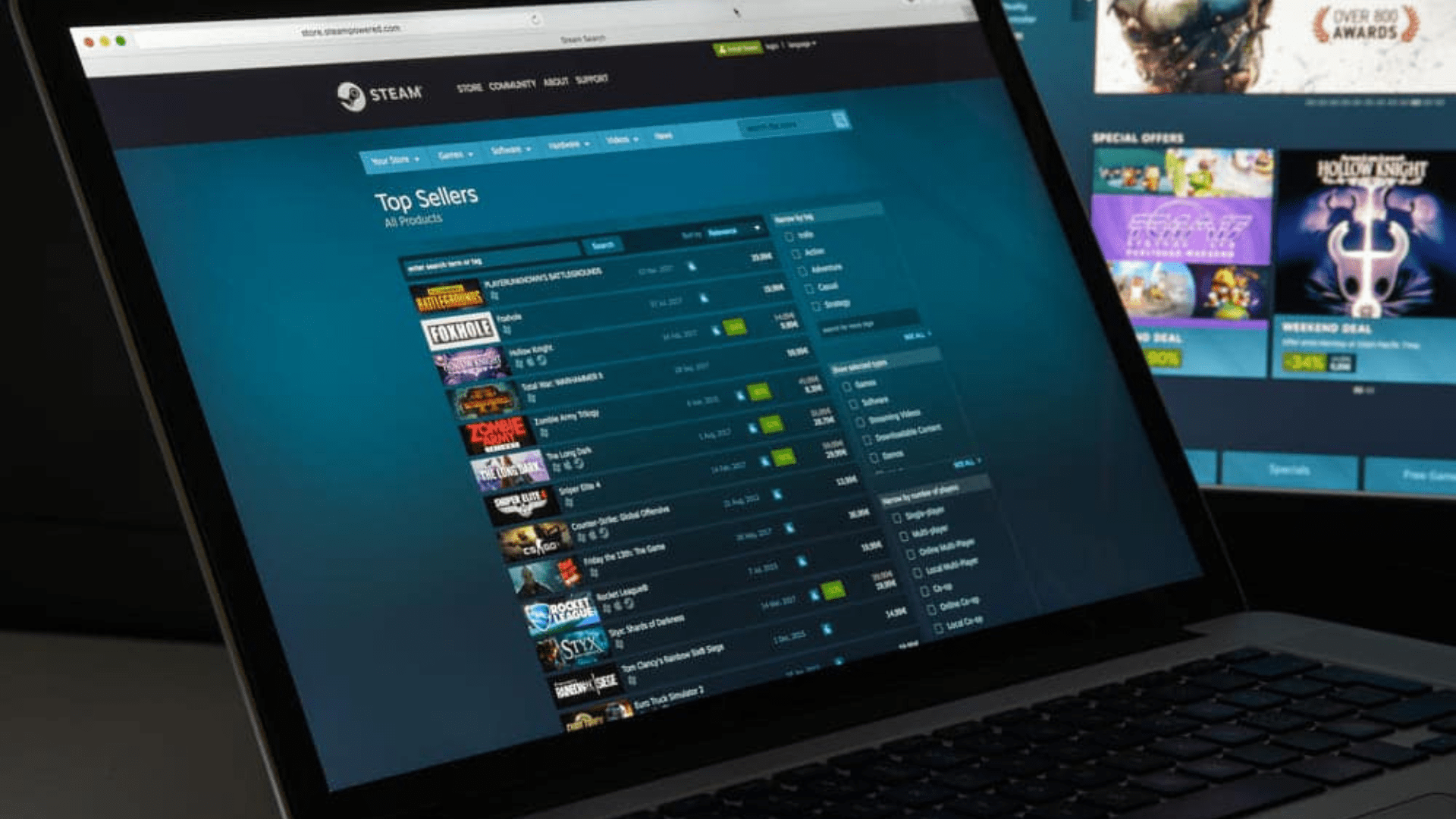
Use Wishlist Call-to-Actions in Trailers and Store Pages: Prominently feature ‘Add to Wishlist’ prompts in your trailers, key art, and store descriptions to remind potential players to wishlist your game, as seen with successful launches in 2025.
-
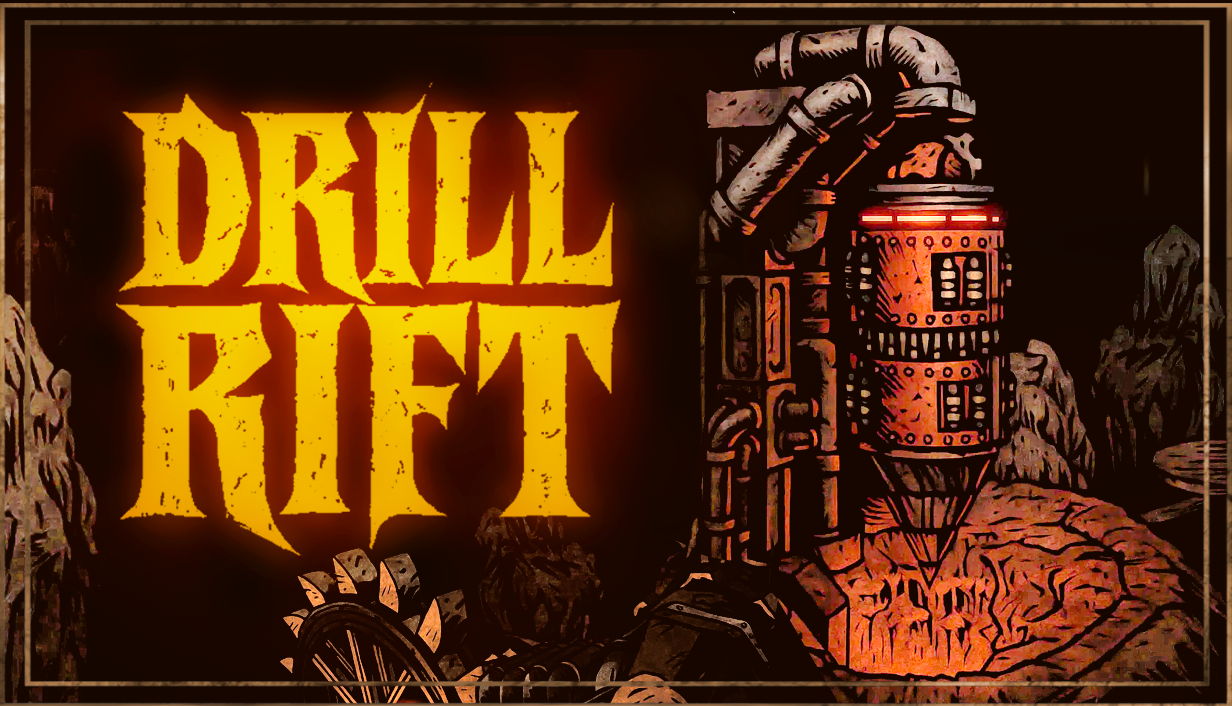
Leverage Steam’s Algorithm by Timing Announcements: Announce release dates and major updates when your wishlist count is high to maximize exposure in Steam’s ‘Upcoming Releases’ and ‘Popular’ sections, as done by top-performing indie titles.
-
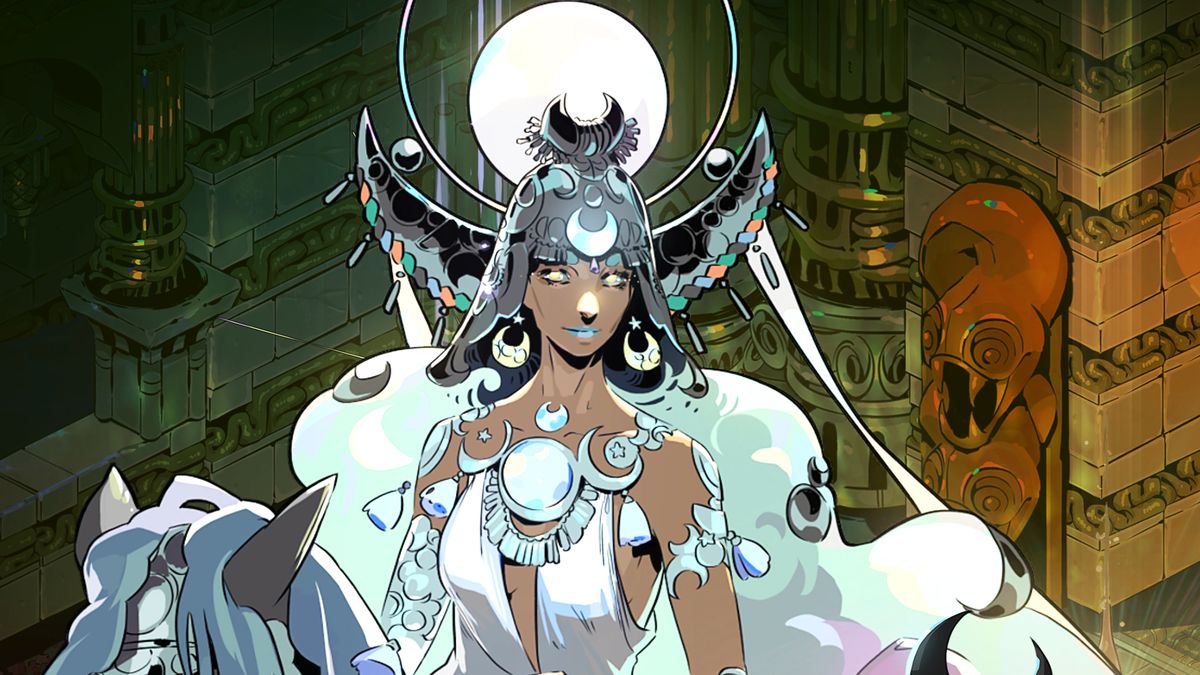
Convert Wishlists with Launch Discounts and Limited-Time Offers: Offer a launch discount (typically 10-20%) to incentivize wishlisters to purchase immediately, a tactic that helped games like Hades 2 achieve record-breaking launch numbers.
Personalized updates: like launch countdowns or exclusive behind-the-scenes peeks, keep potential buyers engaged and remind them why they hit that wishlist button in the first place. Discord servers, developer AMAs, and regular patch notes all help maintain momentum from demo debut through post-launch support.
The most successful indies also tap into influencer partnerships and grassroots social media buzz. A single viral tweet or YouTube video can trigger thousands of new wishlists overnight, especially if it lands during an event like Next Fest or when a fresh trailer drops.
Realities Behind the Numbers
While headlines tout games with 100k-plus wishlists, it’s vital to remember that these are outliers. For every CloverPit or Hades 2, there are hundreds of promising titles struggling at double- or triple-digit milestones. The median remains humbling, and so does the grind required for visibility.
This is why developers increasingly share their journey publicly on platforms like Twitter and Reddit, demystifying both their setbacks and successes. The transparency helps other indies set realistic goals: hitting 7,000, 12,000 net wishlists should be celebrated as a legitimate achievement, not just chasing unicorns at the top.
“Steam wishlists aren’t just numbers, they’re proof people care about what you’re making. Every wishlist is someone saying ‘I want this. ’ That’s fuel for any indie dev. “
Looking Ahead: Wishlist Milestones and amp; Indie Game Discovery in 2025
The landscape will only get more competitive as we move deeper into 2025. Players have more choices than ever before, and Valve’s algorithms keep evolving to surface trending favorites and hidden gems alike. For developers hoping to break through:
- Participate in every major Steam event you can.
- Cultivate your audience early with authentic updates.
- Don’t discount smaller milestones, celebrate them publicly!
- Treat each wishlist as a relationship starter, not just a KPI.
If you’re ready to dive deeper into how Steam wishlists shape discoverability, and want actionable tips on maximizing your own game’s reach, check out our full guide here: How Indie Game Wishlists on Steam Influence Discoverability and Success.
